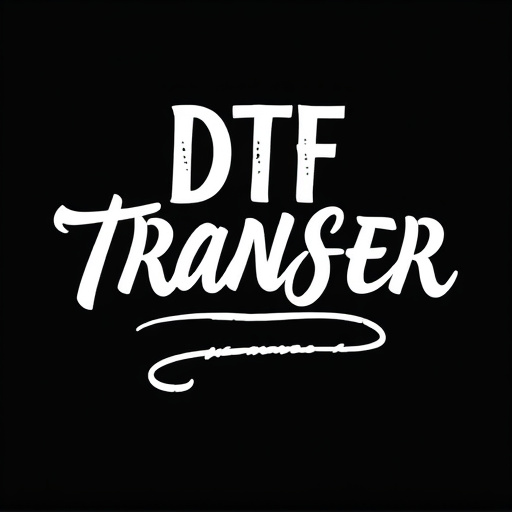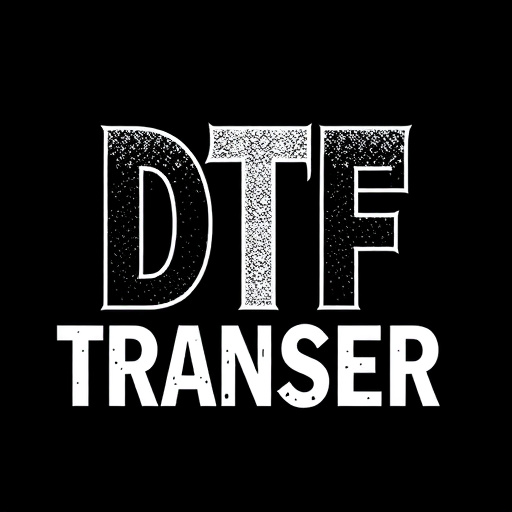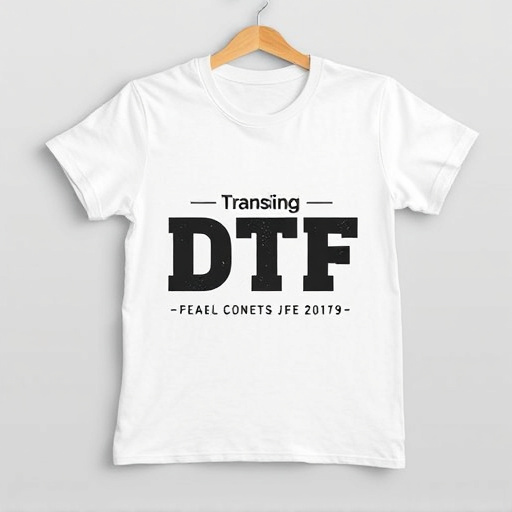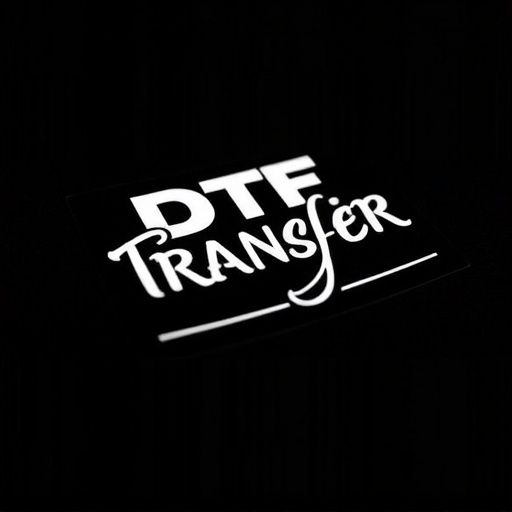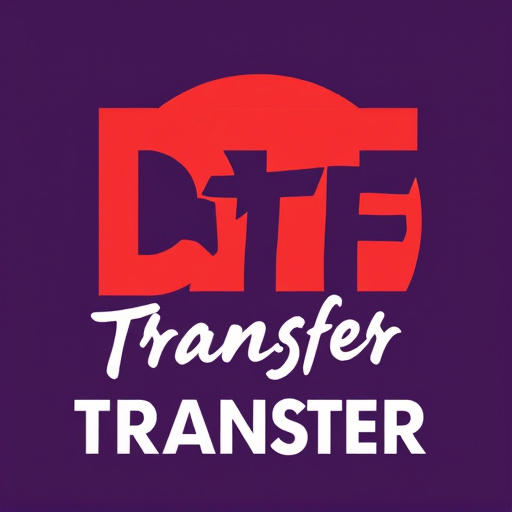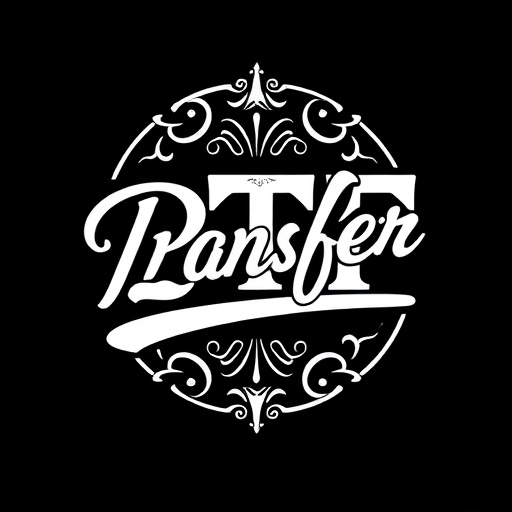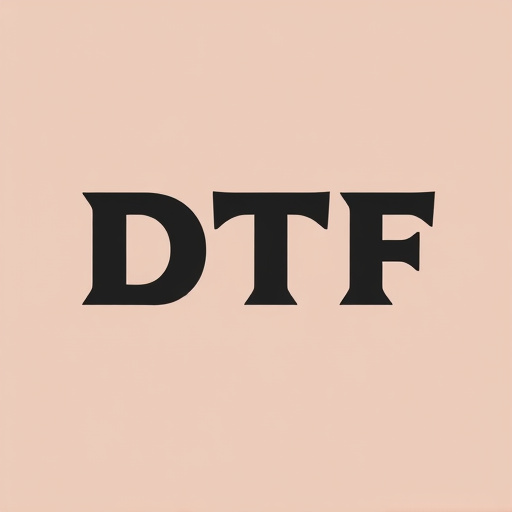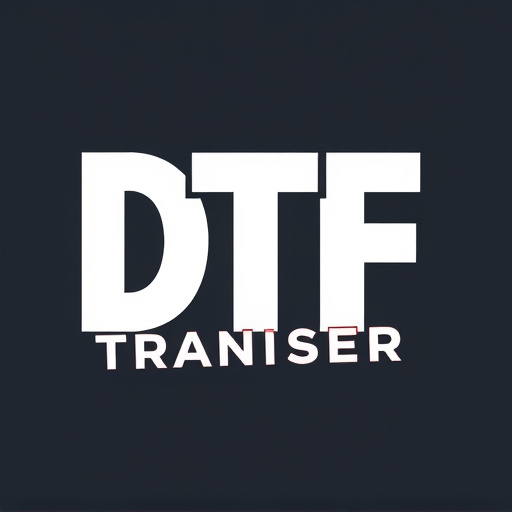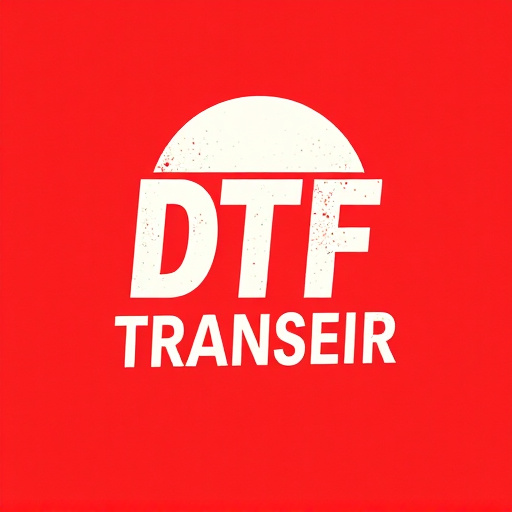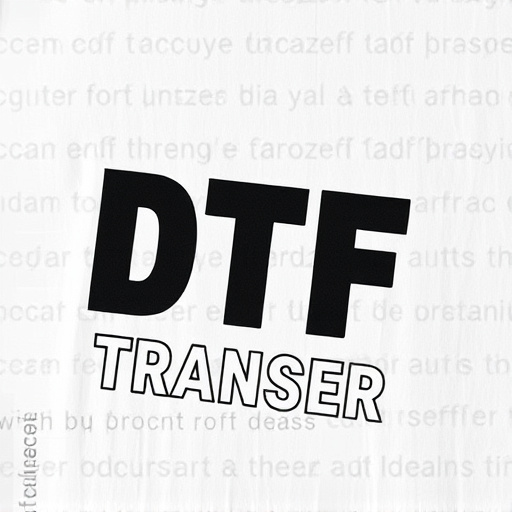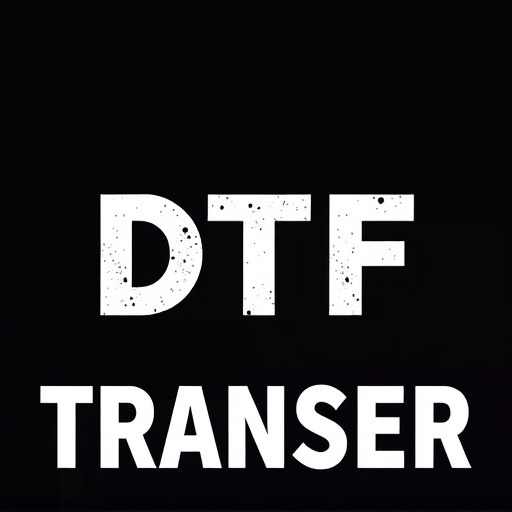Direct-to-Film (DTF) printing revolutionizes custom image creation on fabrics, paper, and plastics. To launch a successful DTF transfer business, conduct market research to identify a niche, invest in high-quality equipment and supplies, set competitive pricing, build an online presence with SEO and social media marketing, and ensure legal compliance along with robust operational practices for consistent quality and service. Target businesses seeking swift, high-quality custom printing solutions through specialized DTF technologies.
Establishing a direct-to-film (DTF) transfer company offers a unique opportunity to tap into the growing demand for on-demand printing. This comprehensive guide walks you through the process of setting up your DTF business, from understanding the fundamentals of DTF transfer technology and identifying your niche market, to building an efficient infrastructure, pricing strategies, marketing techniques, and navigating legal aspects. Master these elements, and you’ll be well on your way to success in the dynamic world of DTF printing.
- Understanding Direct-to-Film Transfer (DTF): A Brief Overview
- Market Research and Niche Identification for Your DTF Transfer Business
- Equipment and Supplies: Building Your DTF Printing Infrastructure
- Business Model and Pricing Strategies for DTF Transfers
- Marketing and Customer Acquisition for Your DTF Print Services
- Legal and Operational Considerations for a Successful DTF Transfer Company
Understanding Direct-to-Film Transfer (DTF): A Brief Overview
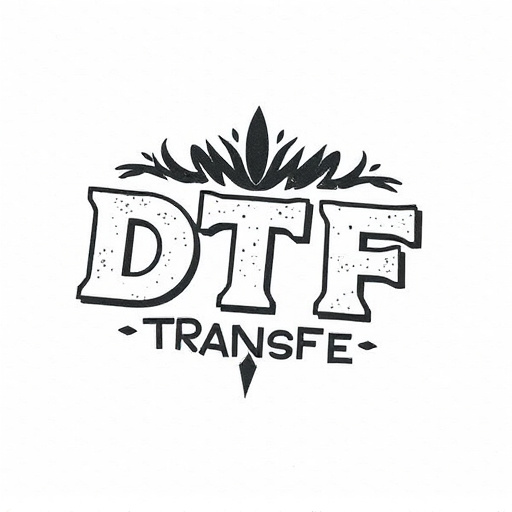
Direct-to-Film Transfer (DTF) is a cutting-edge printing technique that has revolutionized the way we produce and replicate high-quality images. This innovative process eliminates the need for intermediate plates or films, allowing for direct printing onto various media, such as fabric, paper, or plastic. DTF transfers offer unparalleled versatility, enabling businesses and artists to create custom designs with ease.
In the context of this guide, understanding DTF involves grasping its basic principles. The method employs specialized inks and machines to transfer detailed images directly from digital files onto a substrate. This technology ensures sharp, vibrant prints, making it an attractive option for custom apparel, signage, and various promotional materials. By embracing DTF Printing, businesses can swiftly bring their creative ideas to life, catering to the diverse needs of modern markets.
Market Research and Niche Identification for Your DTF Transfer Business
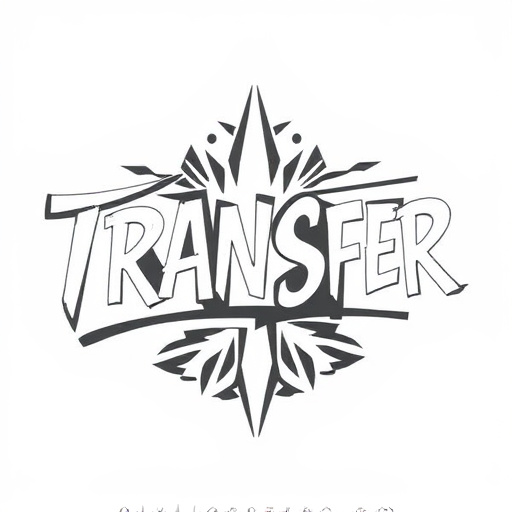
Before diving into the world of DTF (Direct-to-Film) transfers, conducting thorough market research and identifying your niche is paramount to setting your business up for success. Start by understanding the existing demand for DTF prints in your region; analyze trends within the apparel industry as this application is particularly popular among fashion brands and designers. Explore competitors offering similar services to gauge their pricing strategies, unique selling points, and customer base.
Identify a specific niche within the DTF transfer market that aligns with your interests and expertise. For instance, you could specialize in custom prints for small local businesses, focusing on high-quality, unique designs or cater to the fashion industry by offering rapid turnaround times for trendsetters and designers. Niche identification allows you to differentiate yourself, target specific audiences effectively, and carve out a strong position in the market, ensuring your DTF transfer business stands out from the rest.
Equipment and Supplies: Building Your DTF Printing Infrastructure
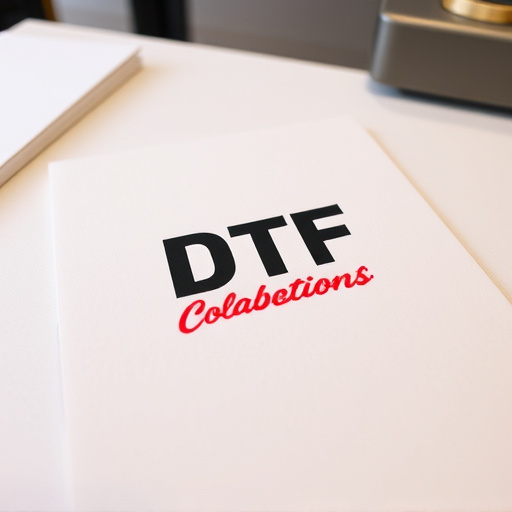
Setting up a direct-to-film (DTF) transfer company requires a robust infrastructure to support the printing process. The first step is investing in high-quality DTF equipment, including printers, curing lights, and cutting machines. Choose models designed for precision and efficiency, ensuring they align with your production capacity needs. Top brands offer advanced features like multi-color printing capabilities and automated cutting, streamlining your workflow.
Complementing your hardware are essential supplies: inks, films, and finishing materials. Sourcing reliable DTF transfer films suitable for various fabrics is key. Different types cater to specific applications, from textile printing to custom phone cases. Inks should match the film choices, offering vibrant colors and durability. Stock up on essential supplies regularly to avoid disruptions in production.
Business Model and Pricing Strategies for DTF Transfers
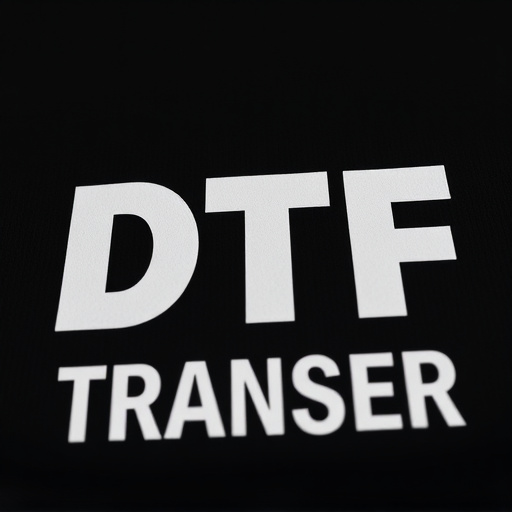
Establishing a direct-to-film (DTF) transfer company involves understanding your unique business model and pricing strategies to stand out in the market. The DTF Transfer process offers a direct printing method onto fabric or other materials, eliminating the need for intermediate steps. This innovative technique has gained popularity for its ability to produce high-quality, vibrant DTF prints with remarkable speed and efficiency.
Pricing strategies for DTF Transfers should consider several factors. Firstly, determine your production costs, including ink, film, and labor expenses. Secondly, set competitive prices that reflect the value of your service while allowing for a healthy profit margin. Offer tailored pricing based on order volume, custom designs, and the complexity of the DTF Printing process. Moreover, consider bundling services or providing discounts for large-scale orders to attract and retain clients.
Marketing and Customer Acquisition for Your DTF Print Services

Marketing and customer acquisition are vital aspects for any direct-to-film (DTF) transfer company looking to establish itself in a competitive market. To attract clients, showcase your expertise, and differentiate your services, create an engaging online presence. Build an informative website that highlights the benefits of DTF printing, including its quality, speed, and versatility. Utilise search engine optimisation (SEO) strategies to target relevant keywords like DTF transfer, DTF printing, and DTF prints to ensure your business appears in client searches.
Leverage social media platforms to reach a wider audience and showcase your work. Share visually appealing content, behind-the-scenes glimpses, and customer testimonials. Collaborate with influencers or industry experts to gain exposure and build trust. Offer promotional discounts or loyalty programs to encourage trial and foster long-term relationships with clients. Word-of-mouth referrals are powerful, so ensure satisfied customers become advocates for your DTF print services.
Legal and Operational Considerations for a Successful DTF Transfer Company

Setting up a Direct-to-Film (DTF) transfer company requires a thorough understanding of legal and operational aspects for long-term success. Firstly, ensure compliance with local laws and regulations regarding printing and film transfer processes. Obtain necessary licenses and permits to operate legally, especially when dealing with potentially sensitive content or intellectual property. Additionally, establish clear agreements with clients to define ownership rights, usage terms, and any restrictions on the final DTF prints.
Operationally, invest in high-quality equipment and materials for precise and consistent DTF printing. Regular maintenance and calibration of machinery are crucial to maintaining print quality. Foster a robust quality control process to inspect each print for accuracy and defects. Develop efficient workflows, including streamlined order processing, printing, and delivery systems, to ensure timely service. Implement robust data management practices to securely store client information and artwork files.
